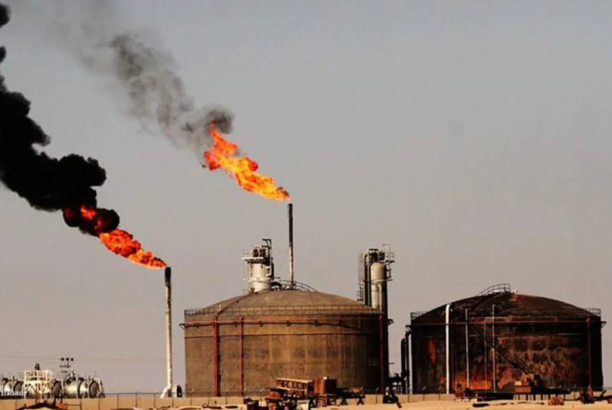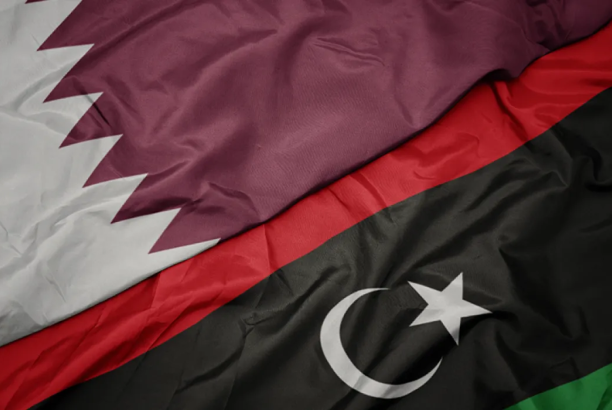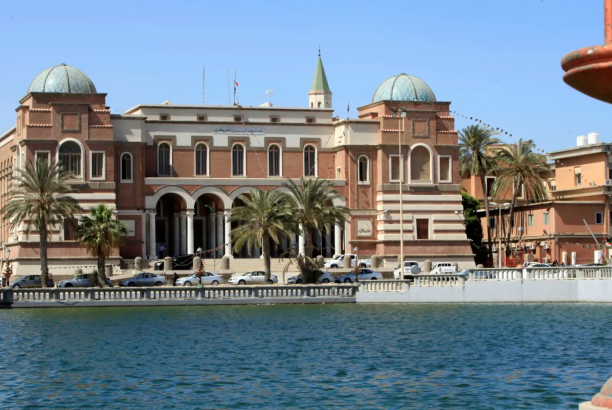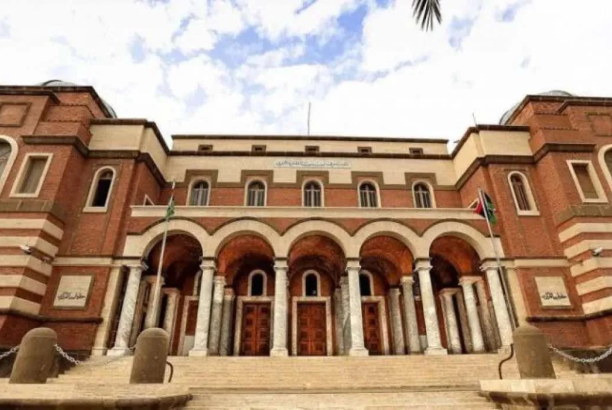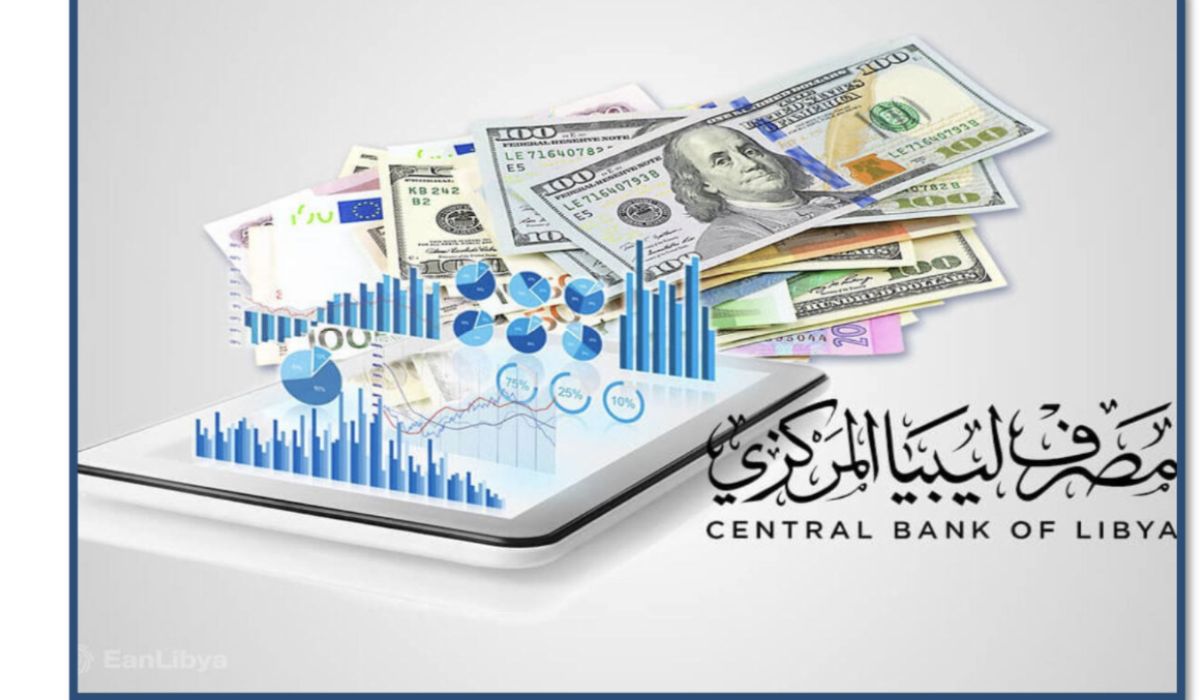
| News
The Central Banking and Monetary Control Department issues its first report on banks’ uses of foreign exchange
In line with the principles of disclosure and transparency adopted by the Central Bank of Libya, the Banking and Monetary Control Department at the Central Bank of Libya issued today its first report on “Commercial Banks’ Uses of Foreign Exchange” during the period: (1/1 to 31/8 – 2022) “which is a detailed report that contains a comprehensive analysis of the commercial banks’ uses of foreign exchange, through the system to follow up on coverage requests, and foreign exchange sales for personal purposes at the Central Bank of Libya:
– The total amounts of foreign exchange sold to commercial banks during the period from 1/1 to 8/31/2022 through the system for following up on coverage requests, and foreign exchange sales for personal purposes at the Central Bank of Libya amounted to about $10,821.0 million, compared to $12,477.7 million, during the same period last year 2021, with a decrease of about $1,656.7 million.
– Aman Bank for Commerce and Investment was the most bank using foreign exchange, reaching about 16.6% during the first eight months of 2022 out of the total value of the amounts sold to banks, with a value of about $1.8 billion, followed by Jumhouria Bank with about $1.5 billion, then the National Commercial Bank, Yaqeen Bank, Nuran Bank, Libyan Islamic Bank, Wahda Bank and The United Bank for Commerce and Investment in terms of relative importance. The values of their foreign exchange use during the period, respectively, amounted to 1.3 billion dollars, 1.1 billion dollars, 806.9 million dollars, 770.7 million dollars, 701.3 million dollars, and 698.8 million dollars.
– European countries are the most regions to which commercial banks transferred foreign exchange to fill the letters of credit or other remittances, as their relative importance during the period amounted to about 51.4% of the total foreign exchange requests, due to the geographical proximity, which plays a major role in increasing the volume of trade exchanges between Libya and European countries, then Arab countries come in relative importance with 21.5% of the total requests, while Asian countries accounted for 18.4% of the total requests, while North, Central and South America and other European countries accounted for 7.8%.
– Data indicate weak trade exchanges between Libya, African countries, Australia and New Zealand.
– Foreign exchange purchase orders for the private sector commercial banks for various foodstuffs ranked first out of the total purchase orders during the period, accounting for 17.6% of the total foreign exchange purchase orders, while requests to cover the import of basic commodities production necessities ranked second in terms of relative importance to form 15.0%, while feed cover requests, production and operation requirements, accounted for 11.2% and 11.0%, respectively.
– Foreign exchange purchase requests by commercial banks for the public sector for iron and steel plant operating requirements ranked first out of the total purchase requests during the period, accounting for 26.8% of the total foreign exchange purchase requests, while requests to cover the import of machinery and equipment ranked second and constituted 11.1%, and the demands for production requirements of basic commodities constituted 10.8% of the total.



